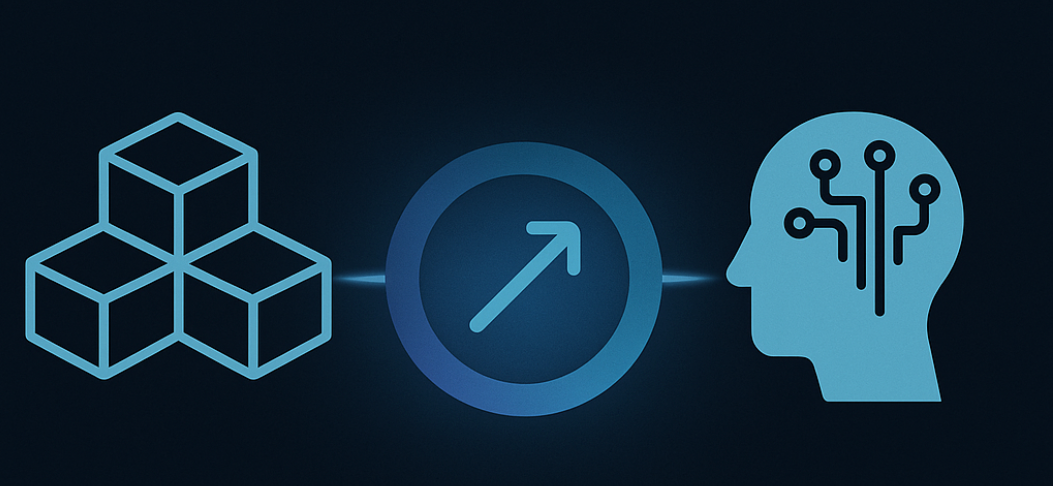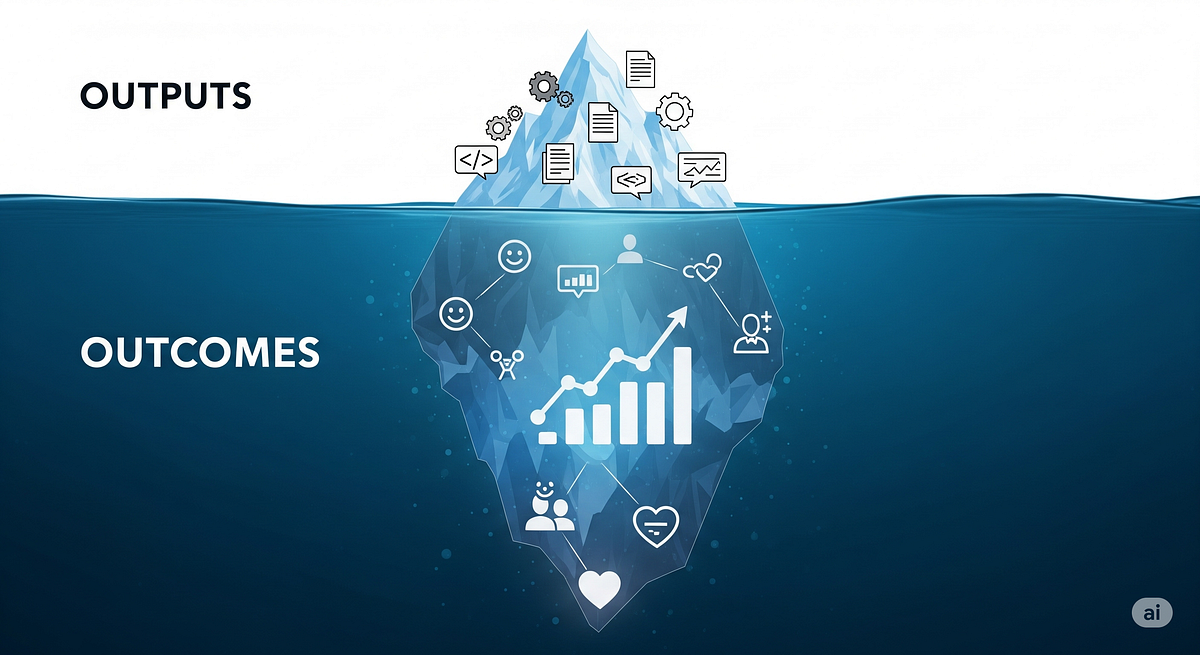Unveiling Transwave: Revolutionizing the Future of Connectivity
In today's rapidly advancing technological landscape, connectivity is no longer just a convenience—it's a necessity. Whether it's the need for faster internet, better communication systems, or cutting-edge solutions for businesses and individuals alike, Transwave stands at the forefront of this revolution. But what exactly is Transwave, and how does it promise to transform the world of connectivity as we know it? In this post, we will explore the concept, applications, and innovations surrounding Transwave, and how it can shape the future.

Introduction
In today's rapidly advancing technological landscape, connectivity is no longer just a convenience—it's a necessity. Whether it's the need for faster internet, better communication systems, or cutting-edge solutions for businesses and individuals alike, Transwave stands at the forefront of this revolution. But what exactly is Transwave, and how does it promise to transform the world of connectivity as we know it? In this post, we will explore the concept, applications, and innovations surrounding Transwave, and how it can shape the future.
What is Transwave?
At its core, Transwave is a state-of-the-art communication technology designed to push the limits of how we connect with each other and with devices. This technology utilizes advanced signal processing algorithms, ensuring superior quality and a more stable connection. From improved wireless networks to more efficient data transmission, Transwave integrates multiple innovative technologies to optimize how we communicate in a digital world.
The Evolution of Connectivity: Why Transwave Matters
Connectivity has undergone drastic transformations over the years. Initially, we had wired connections that were limited by distance and infrastructure. Then came wireless technologies like Wi-Fi, 4G, and 5G, each offering faster speeds and more reliable connections.
However, as technology continued to progress, it became evident that we needed even more innovative solutions to keep up with the growing demands for speed, low latency, and secure data transfer. This is where Transwave enters the picture.
The Need for Faster and More Reliable Networks
As the world shifts towards Internet of Things (IoT), smart cities, remote work, and real-time communication, the demand for high-speed, uninterrupted connectivity becomes crucial. Technologies like 5G and Wi-Fi 6 have addressed many issues, but new challenges such as signal congestion, network interference, and growing data demands require a solution beyond what existing technologies can provide. Transwave aims to overcome these barriers and bring about an era of ultra-fast, reliable, and secure connectivity for all.
Key Features of Transwave Technology
Unprecedented Speed and Low Latency
One of the standout features of Transwave technology is its ability to deliver unprecedented speeds and low latency. By leveraging next-gen signal processing techniques, Transwave ensures that data can be transmitted with minimal delays, opening doors to real-time communication applications like telemedicine, remote surgery, and high-quality video conferencing. These improvements are especially beneficial for applications in business, education, and emergency services, where every second counts.
Scalability for the Future
As we look toward the future, it’s evident that our digital needs will continue to grow. Whether it’s the increasing number of connected devices, the rise of cloud-based services, or the ever-expanding virtual world, Transwave is built to scale. Its architecture can easily support millions of connected devices simultaneously without compromising on performance. This scalability makes Transwave ideal for smart cities and industrial applications where large-scale deployment is required.
Enhanced Security
In an era where data breaches and cyber threats are on the rise, security has become a top priority. Transwave employs advanced encryption algorithms to ensure that all data transmitted over its networks remains secure and private. With a focus on building trust among users, Transwave guarantees that sensitive information is protected from unauthorized access, whether in personal communication or business transactions.
The Impact of Transwave on Businesses
The introduction of Transwave into the business world is set to transform how companies operate on a day-to-day basis. Below are some of the key ways that Transwave technology is poised to benefit businesses:
Streamlined Operations
With faster data transfer speeds and lower latency, companies can streamline operations by improving communication between teams, clients, and suppliers. This is especially valuable in industries like finance, healthcare, and e-commerce, where real-time decision-making and efficient data sharing are crucial.
Boosting Productivity with Seamless Connectivity
Transwave can improve collaboration and productivity by providing seamless connectivity. Whether it’s through remote work tools, cloud applications, or online meetings, this technology ensures that businesses can function efficiently, no matter where their employees are located. The promise of fast and reliable communication helps businesses adapt to an increasingly global and digital work environment.
Future-Proofing Business Infrastructure
As companies look toward long-term success, future-proofing their infrastructure is a top priority. Transwave provides a scalable and adaptable solution that can grow alongside the business. By investing in Transwave now, businesses are setting themselves up for success in an ever-evolving technological landscape.
The Role of Transwave in Smart Cities
Smart cities are becoming a focal point of development around the world. These cities aim to integrate IoT devices, data analytics, and digital infrastructure to enhance the quality of life for citizens. Transwave plays a pivotal role in this transformation by providing the high-speed, low-latency networks needed to support billions of connected devices.
Enabling IoT for Smart Infrastructure
Transwave technology enables the seamless integration of IoT devices, which form the backbone of smart cities. From smart traffic lights and waste management systems to energy grids and public safety networks, Transwave ensures that data is transmitted quickly and efficiently between devices, making it easier for city planners to manage resources and improve services.
Supporting Sustainability Efforts
As cities strive to become more sustainable, Transwave offers a solution that reduces energy consumption and enhances efficiency. By optimizing communication between IoT devices and minimizing delays in data transmission, Transwave can help cities reduce their environmental footprint while improving urban living conditions.
How Transwave is Changing the World of Connectivity
From Homes to Hospitals: Real-Life Applications
Transwave has a wide array of applications that extend beyond the business and government sectors. In homes, it can improve entertainment experiences, like streaming ultra-high-definition content without buffering. In hospitals, it can support telemedicine services, enabling doctors to perform remote consultations or surgeries with real-time video and data transfer.
The Future of Transwave Technology
As Transwave continues to evolve, we can expect even more innovations in the way we connect with each other and with the world around us. From the rise of 5G networks to the ongoing advancements in artificial intelligence, Transwave is a key player in shaping the next generation of connectivity.
Conclusion
The future of connectivity is here, and Transwave is at the center of it all. With its ability to offer faster speeds, greater reliability, and enhanced security, Transwave is changing how we communicate, work, and live. Whether it’s for businesses, smart cities, or everyday consumers, this revolutionary technology is paving the way for a more connected, efficient, and secure world.
Frequently Asked Questions (FAQs)
-
What is Transwave technology?
-
Transwave is an advanced communication technology designed to provide high-speed, low-latency, and secure connectivity for both businesses and individuals.
-
-
How does Transwave improve connectivity?
-
By utilizing cutting-edge signal processing techniques, Transwave ensures faster data transmission, reduced latency, and enhanced reliability, even in high-traffic networks.
-
-
Can Transwave be used for smart cities?
-
Yes, Transwave is ideal for smart cities as it can support millions of IoT devices and ensure real-time communication between city infrastructure, services, and residents.
-
-
What industries can benefit from Transwave technology?
-
Industries such as healthcare, finance, e-commerce, and entertainment can benefit from Transwave due to its fast, reliable, and secure data transfer capabilities.
-
-
Is Transwave secure?
-
Yes, Transwave incorporates advanced encryption protocols to ensure that all data transmitted through its networks remains secure and private.
-





































































![https //g.co/recover for help [1-866-719-1006]](https://newsquo.com/uploads/images/202506/image_430x256_684949454da3e.jpg)

























![How Smart PMs Scale Their Careers in Any Org [TPG Live Recap]](https://tpgblog.com/wp-content/uploads/2025/06/2025-06-12-thumbnail-action.png?#)
















































